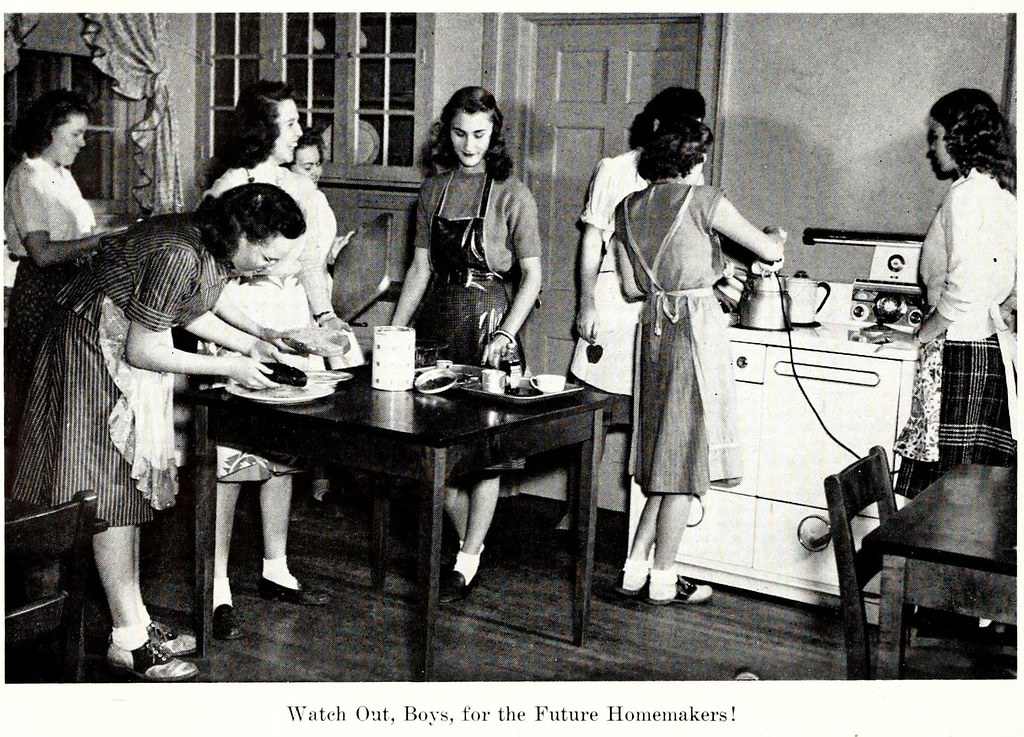My latest opinion piece is out today with History News Network. My piece looks at the conservative and liberal effort to stop the pro-ERA energy that had grown during World War II. Read more.

My latest opinion piece is out today with History News Network. My piece looks at the conservative and liberal effort to stop the pro-ERA energy that had grown during World War II. Read more.

I am thrilled to see my article, “The Equal Rights Amendment and the Rise of Emancipationism,” published in Frontiers‘ special issue on the ERA. My article is based on a paper that I presented at “The ERA in the 21st Century” conference in November 2013. It also builds upon two chapters from my PhD dissertation, which I successfully defended in March 2014.
 This past August marked exactly 70 years since American bombers dropped an uranium gun-type bomb (nicknamed Little Boy) on Hiroshima; this was an event that witnessed the obliteration of a large city in the blink of an eye.[1] Hiroshima did have a military presence, since it contained a naval base and the home of the Second General Army Headquarters. Nonetheless, American strategic planners aimed the bomb not at the army base, but at the very center of the civilian part of the city in order to maximize the bomb’s devastation.[2] On August 6, 1945, Little Boy exploded 1,900 feet above the courtyard of Shima Hospital with a yield equivalent to 12,500 TNT. The temperature at ground zero reached 5,400 degrees Fahrenheit, which immediately created a fireball within half a mile. The absolute devastation roasted many people alive; thousands of charred bundles were strew in the streets, sidewalks, and bridges. The instant destructive power of the bomb also vaporized many others. The bomb, for instance, left only the shadow of one man imprinted onto the granite steps of a bank; he had been waiting for the bank to open before the bomb hit. The blasts that followed the original explosion obliterated thousands of houses. Of 76,000 buildings in the industrial city, 70,000 were destroyed.[3] Altogether, the atomic bombing of Hiroshima killed around 90,000 to 100,000 persons instantly; by the end of 1945, the number of those lost had risen to 145,000 (only about 20,000 of them soldiers).[4]
This past August marked exactly 70 years since American bombers dropped an uranium gun-type bomb (nicknamed Little Boy) on Hiroshima; this was an event that witnessed the obliteration of a large city in the blink of an eye.[1] Hiroshima did have a military presence, since it contained a naval base and the home of the Second General Army Headquarters. Nonetheless, American strategic planners aimed the bomb not at the army base, but at the very center of the civilian part of the city in order to maximize the bomb’s devastation.[2] On August 6, 1945, Little Boy exploded 1,900 feet above the courtyard of Shima Hospital with a yield equivalent to 12,500 TNT. The temperature at ground zero reached 5,400 degrees Fahrenheit, which immediately created a fireball within half a mile. The absolute devastation roasted many people alive; thousands of charred bundles were strew in the streets, sidewalks, and bridges. The instant destructive power of the bomb also vaporized many others. The bomb, for instance, left only the shadow of one man imprinted onto the granite steps of a bank; he had been waiting for the bank to open before the bomb hit. The blasts that followed the original explosion obliterated thousands of houses. Of 76,000 buildings in the industrial city, 70,000 were destroyed.[3] Altogether, the atomic bombing of Hiroshima killed around 90,000 to 100,000 persons instantly; by the end of 1945, the number of those lost had risen to 145,000 (only about 20,000 of them soldiers).[4]
In the episodes leading up to the Mad Men series finale, the show’s foremost character, the ever charismatic and manipulative Don Draper, who also happens to be the embodiment of the mid-twentieth-century advertising man, had been on a whirlwind Jack Kerouac-esque trip across America. Throughout this trip, we watched Don shed his personal possessions: for instance, he gave his car to a rookie con artist and his former wife’s wedding ring to his pseudo niece Stephanie. By the end, all he had was a tattered envelop full of money. By this time, Don had also found himself at a Esalen-like retreat facility in California where he experienced what appeared to be an emotional breakthrough.
The Power of Americanism
How should we understand the labor movements of the mid-twentieth century? Were they ultimately radical or conservative in nature? In Working-Class Americanism, Gary Gerstle looks at how progressive working-class leaders in Woonsocket, Rhode Island were more pragmatic than radical while their traditionalist counterparts were more innovative than conservative.[1] By presenting a community study with a close analysis of political language, Gerstle illuminates the conception of Americanism, underscores the diversity in mid-twentieth century labor unions, and demonstrates the transformative ideological nature of the 1940s. In the end, Gerstle’s work raises significant questions about the construction of political language.